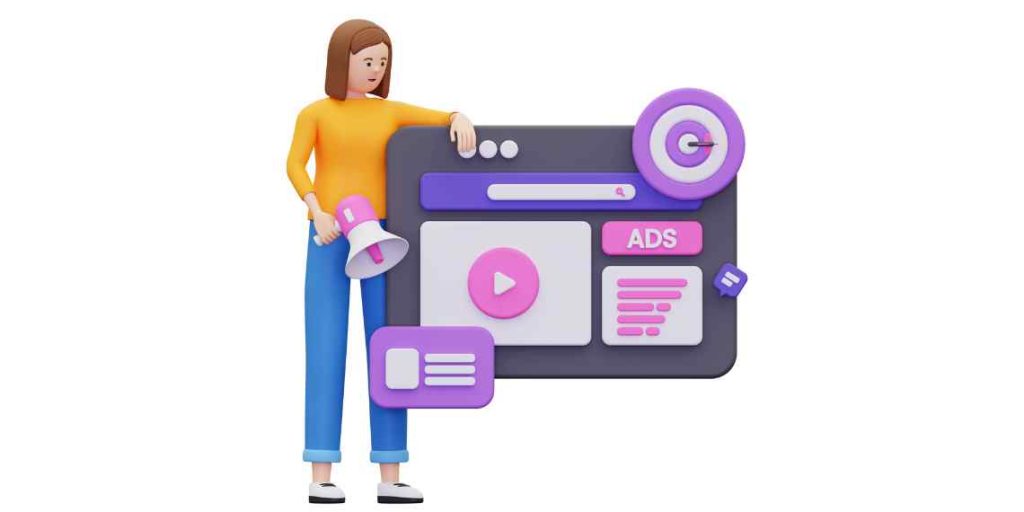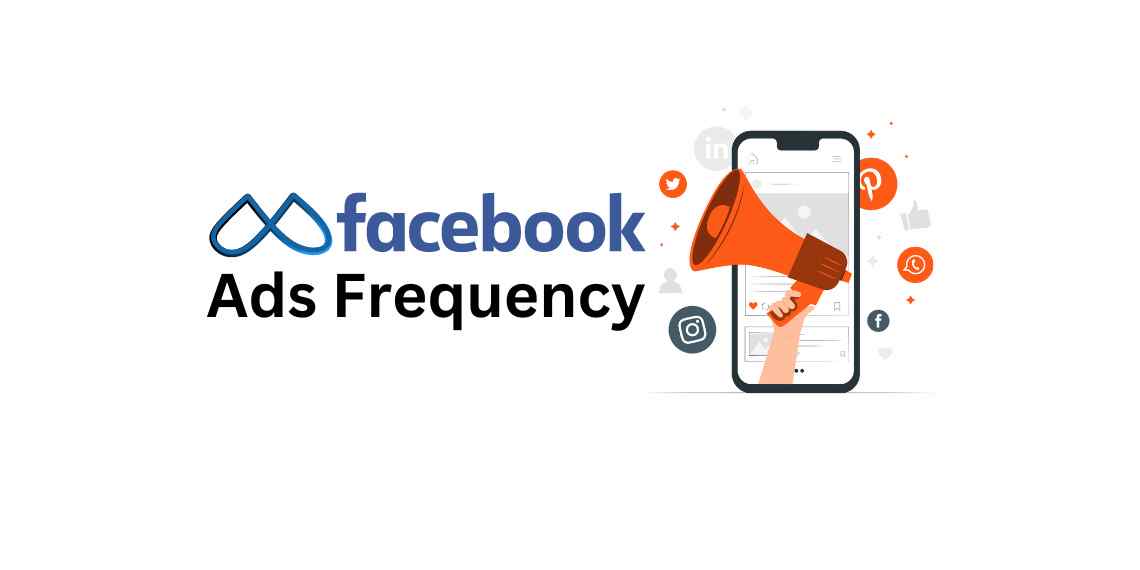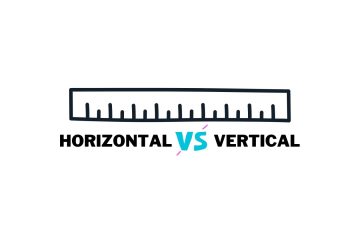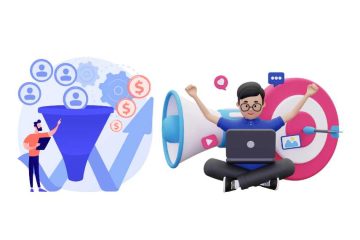Introduction
Let’s talk about Frequency and its impact on the delivery of your Facebook ads. If you’re running Facebook ads, you’ve likely heard of the term “frequency cap”. In this blog, we will discuss how to maximize Facebook Ad reach & understanding the impact of Frequency Caps.
Understanding Frequency Caps in Facebook Ads
When you create an “Awareness” campaign on Facebook, you have the option to manually set a frequency cap. A frequency cap limits the number of times the same person sees your ad in their Facebook feed. This can be useful for preventing ad fatigue and ensuring that your ads are not being shown to the same people too frequently.
Read Also: Mastering Facebook Ads Reporting: Creating Custom Metrics & Events for Better Decision-Making
The Impact of Frequency on Ad Delivery

When you set a higher frequency cap, Facebook’s algorithm will optimize towards reaching that frequency. This means that your ad will be shown more frequently to the same group of people, but it may limit the overall reach of your ad. This can result in less reach in exchange for showing your ads more frequently to people.
On the other hand, setting a lower frequency cap can result in reaching more people with your ad. This is because Facebook’s algorithm will optimize towards expanding your reach rather than showing your ad more frequently to the same group of people.
Running a Test to Determine the Impact of Frequency Caps
To understand the impact of frequency caps on ad delivery, we ran a test with a lower frequency cap. By default, the frequency cap is set to “1 impression every 7 days”. For this test, we changed the value to “1 impression every 28 days”. We targeted a broad audience for this campaign, so we knew there was still a lot of reach potential.
We instructed the system to expand our reach over 28 days and were happy with only 1 impression during that period. After 28 days of working with a low-frequency cap, we compared the key results to the previous period with the higher-frequency cap:
- People reached: +40%
- Cost per 1,000 people reached: €-0.33
- Ad impressions: -17%
- CPM: €+0.05
- Frequency: -0.85 (from 2.08 to 1.24)
Spending the same amount of money, we reached 40% more people. Ad impressions were balanced to the increased reach. This clearly shows that setting a lower frequency cap can lead to increased reach and more efficient ad spend.
How Meta Limits Ad Frequency on Facebook and Instagram Feeds
Meta, the parent company of Facebook and Instagram, limits ad frequency to prevent users from seeing the same ad too often. In Facebook Feed, a person (Accounts Center account) doesn’t see ads from a single Page or app more than once every 2 hours. In Instagram feed, a person doesn’t see an ad from the same advertiser (whether the ad was initially seen in the Instagram feed or Stories) more than once every 3 hours.
Finding the Ideal Frequency Cap for Your Business Goals
The ideal frequency cap for your business goals will depend on a variety of factors, including your target audience, ad type, and budget. Businesses with higher levels of brand awareness typically have more success when focusing on reaching more people with a lower frequency cap. On the other hand, newer brand advertisers may create more memorable impressions by increasing their frequency caps.
It’s important to test different frequency caps to find the ideal number that matches your true business goals. Consider adjusting your frequency cap based on your ad objectives and the level of ad fatigue you’re seeing.
Conclusion
In conclusion, understanding the impact of frequency on ad delivery is crucial to creating effective Facebook ad campaigns. While frequency caps can limit the number of times an individual sees your ad, setting a high-frequency cap can negatively impact the overall reach of your ad. Our test results show that lowering the frequency cap can lead to a significant increase in reach, without increasing costs. However, it is important to note that the ideal frequency cap will depend on your business goals and the level of brand awareness. By testing different frequency caps, you can find the right balance between reach and frequency that works best for your business. Ultimately, by taking the time to understand and optimize your Facebook ad frequency cap, you can achieve better results and a higher return on your advertising investment.
Connect With Ali Raza, Founder and Author of Digital Realm Trend
Follow on LinkedIn
Hello, I’m Ali Raza, the brain behind Digital Realm Trends.
Hailing from the vibrant world of digital marketing, I’ve honed my skills over years. Based on my experience, I’m here to unravel the complexities of digital marketing, analytics and paid marketing, crafted for individuals like you. Join me in uncovering the power of digital marketing tools and strategies, fueled by experimentation and insights.




